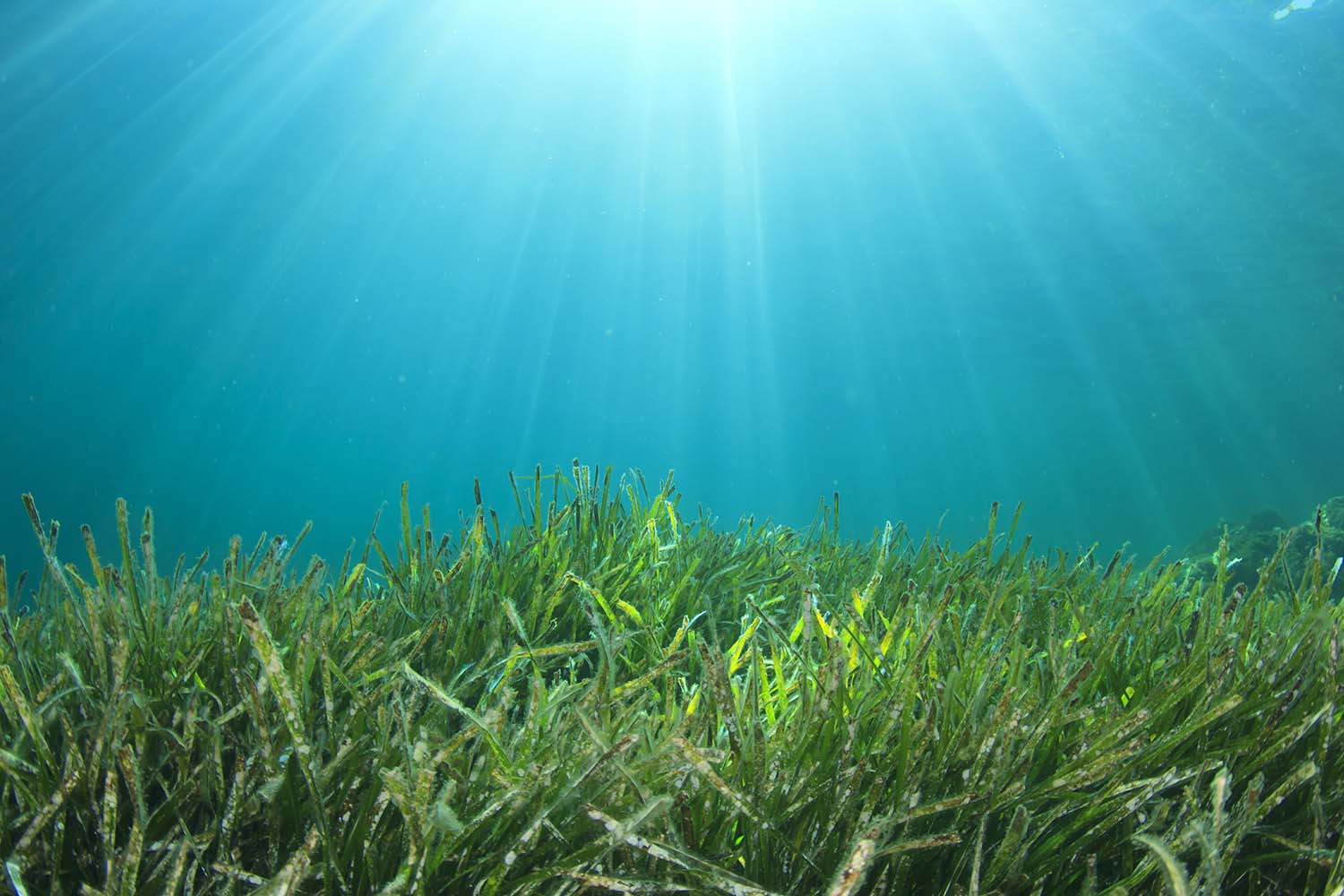Every year, we come closer and closer to experiencing worst-case scenario predictions for our future in the fight against climate change.
We have seen first-hand the devastating impacts of global warming worldwide, with forest fires in North America and widespread flooding across Europe in 2021 alone. The repercussions of such extreme climate events cannot be underestimated, causing tragic loss of life and livelihoods, costing billions in damages and even threatening to plunge entire coastal communities into the ocean.
During climate talks at the COP26 summit in November 2021, experts agreed that ensuring the integrity of ocean ecosystems was vital in the fight against climate change. Whilst the public do what they can to reduce their carbon footprint, it is down to governments and organisations to work together and begin reversing the damage that has already been done to our planet.
So, why is ocean mitigation so crucial for the environment as a whole — and how is the marine industry adapting to meet sustainability targets?
Restoring and protecting ocean ecosystems
Since industrialisation, the ocean has absorbed more than 90% of human-generated heat and 30% of anthropogenic carbon dioxide, causing the thermal expansion of water that makes sea levels rise and threatens the integrity of our ecosystems.
Research suggests that ocean mitigation could provide more than 20% of the emissions reductions that we need to limit the increase in global temperatures to 1.5º Celsius. However, this is wholly dependent on replenishing and maintaining healthy marine ecosystems. As such, the marine sector is developing more sustainable solutions that will allow us to harness the full potential of the oceans without causing further damage to our planet.
Offshore renewable energy has the potential to generate over 18 times its current consumption rate and provide the emissions reductions we require on our journey to 1.5º. Beneath the dark waters of the Faroe Islands in the North Atlantic, two high-tech ‘tidal kites’ generate enough tidal power to contribute energy to SEV, Faroe’s electricity company, and the islands’ national grid. Plus, some of the best-known oil and gas companies are investing heavily in offshore wind farming, developing the infrastructure needed to support the growing demand for renewable energy to supply homes across the UK and beyond.
The maritime industry is also preparing to embrace a zero-emission alternative to fossil fuels: hydrogen fuel. Hydrogen fuel cells combine hydrogen and oxygen atoms, generating clean power for sea vessels without carbon emissions, noise or vibrations. Flagships, an organisation striving for clean waterborne transport in Europe, debuted the world’s first hydrogen-fuelled commercial cargo ship in September 2021, and experts predict we will see more hydrogen-powered vessels emerging in the near future.
Data-driven solutions for cleaner oceans
To develop creative sustainability solutions that improve the health of marine ecosystems, scientists and researchers need access to large quantities of accurate, real-time data to monitor changing conditions.
Data buoys are deployed in locations all over the world to collect information about the impact of climate change on environmental variables. Instrumentation onboard data buoys can record and transmit details about surface and sub-surface water temperatures, atmospheric pressure and wave patterns to shore and monitor marine life. Researchers can also observe the impact of plastic pollution on plankton, which play an essential role in absorbing carbon dioxide and producing oxygen.
Plus, data collection plays a crucial role in facilitating maritime climate action. For example, The Ocean Cleanup’s ‘System 002’ is currently being used to clear debris from the Great Pacific Garbage Patch. The system collects data from the surrounding environment to inform computational models and predict where circulating currents will cause plastic waste hotspots to form, allowing cleanup teams to identify the best place to begin their extractions.
Working alongside Mobilis SA, Hydrosphere recently deployed its biggest buoy yet — the DB 24000 — to join SINTEF’s floating marine laboratory in the Trondheim Fjord, Norway. The buoy features a ‘smart’ winch to remotely lower cages full of sensors up to 50-metres deep and take measurements that will contribute to aquaculture, autonomous shipping, underwater robotics and ocean health research. Our selection of data buoys is suitable for various offshore and deep-sea applications and can be made bespoke to the needs of every project.
Hydrosphere has provided robust and reliable marine aids to navigation solutions for the offshore renewable energy industry since the installation of the first offshore wind farm in 2003. To speak to a member of the team about your project, contact us at +44 (0)1420 520374 or email sales@hydrosphere.co.uk.








